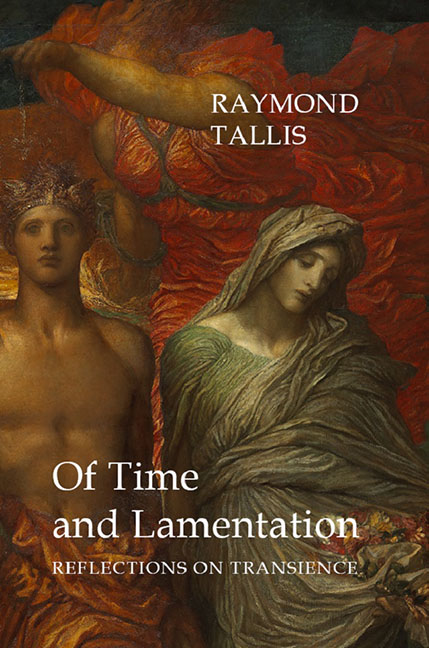Chapter 2 - Time as “the fourth dimension”
Published online by Cambridge University Press: 09 August 2023
Summary
Western scientific tradition takes for granted since Aristotle that Time is closely related to motion, and therefore to space. As a consequence of this view, we have inherited the idea of an isomorphism between time and one-dimensional space.
Prigogine, “The Rediscovery of Time”The world we see around us is saturated with marks of time. The mossed log, the characterful face, the crumbling wall, the worn shoes and the well-thumbed book, are rich with intimations of the past, with effects broadcasting recent or ancient causes. The baby, the sapling, the dawning day, turn our thoughts to the future, or futures, pregnant with possibilities that beckon us. And the inner world is correspondingly charged with the mementos of time past and time future. “Now”, unlike the empty, unextended instants of mathematical time, is informed with an inexpressibly complex past, recalled at will or arriving without summons, bringing regret, nostalgia, satisfaction or joy – or, more practically, information and guidance that take us through projected futures, that are already active, seeming to await us, making us hurried and harried, hopeful and fearful, impatient or resigned, reflective or busy. The humble knotted handkerchief is a present reminder, laid down in a past when this present was future, of a duty whose time has now arrived.
The origins of these pasts and futures are associated, as I have argued, intimately – but of course by no means exclusively – with the most mysterious of our mysterious senses: vision. Without vision, the most spatial of our senses, we would have had a less explicit or immediate sense of being located between a known (though, of necessity, largely forgotten) past and an unknown (but of necessity patchily anticipated) future. But the domination of vision in the immediate presentation of experienced time leads ultimately to a mode of awareness of explicit time that both alienates time from us and yet also makes us able to draw on a deeper and more complex past and reach further into an evermore controlled future, in the service of a present that, while it is enriched in its material possibilities, is, along with the rest of time, conceptually impoverished by the very science that extends our powers.
- Type
- Chapter
- Information
- Of Time and LamentationReflections on Transience, pp. 29 - 98Publisher: Agenda PublishingPrint publication year: 2017



